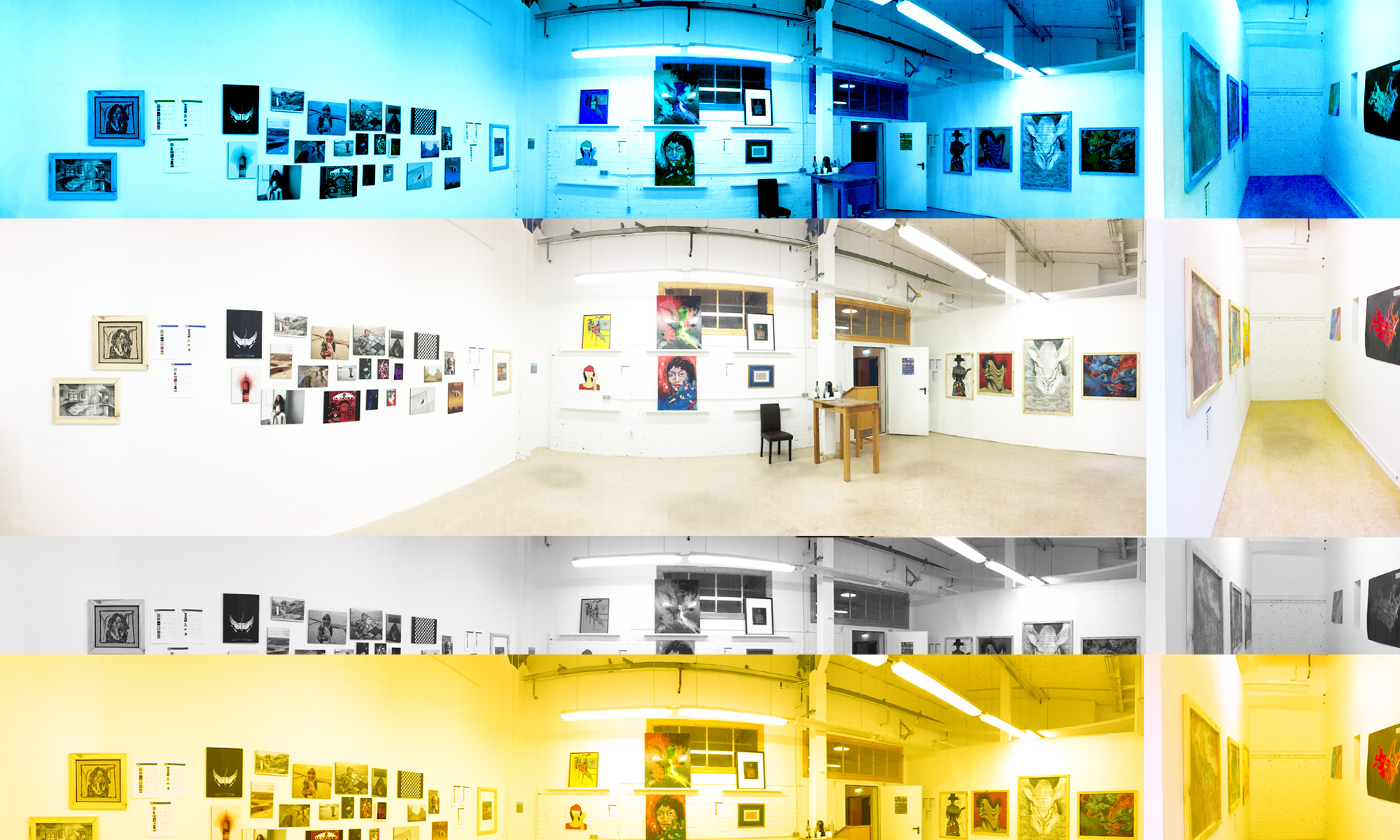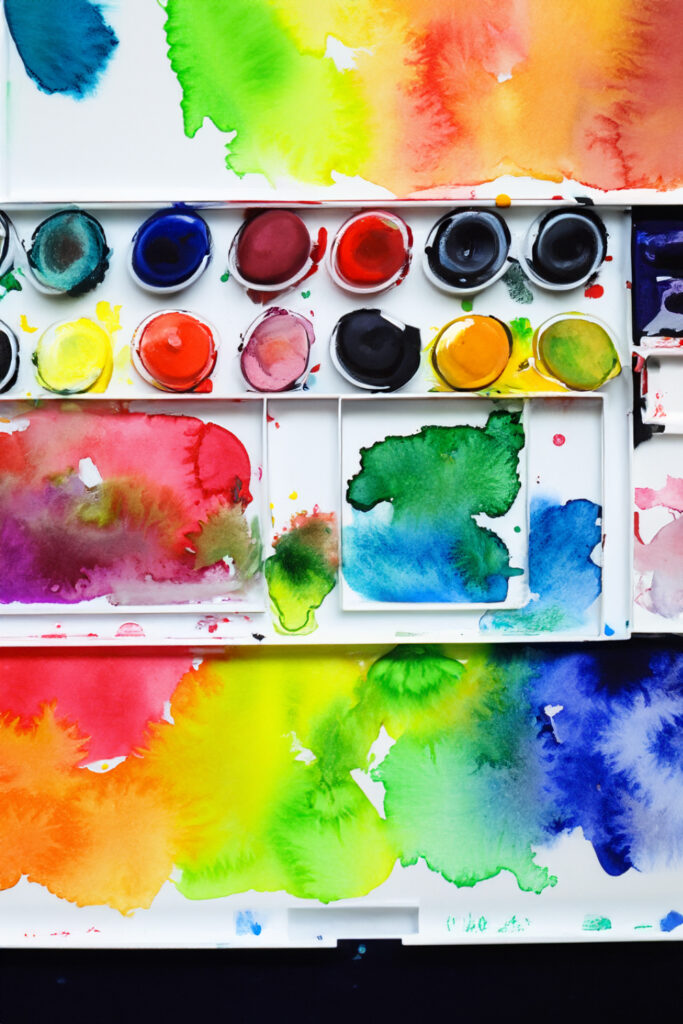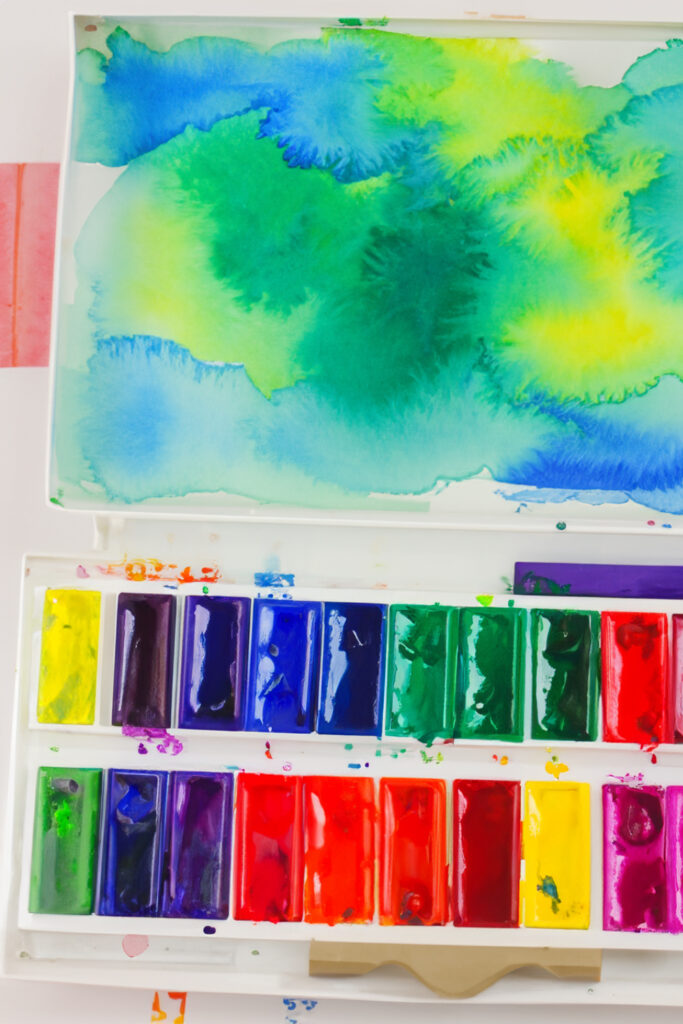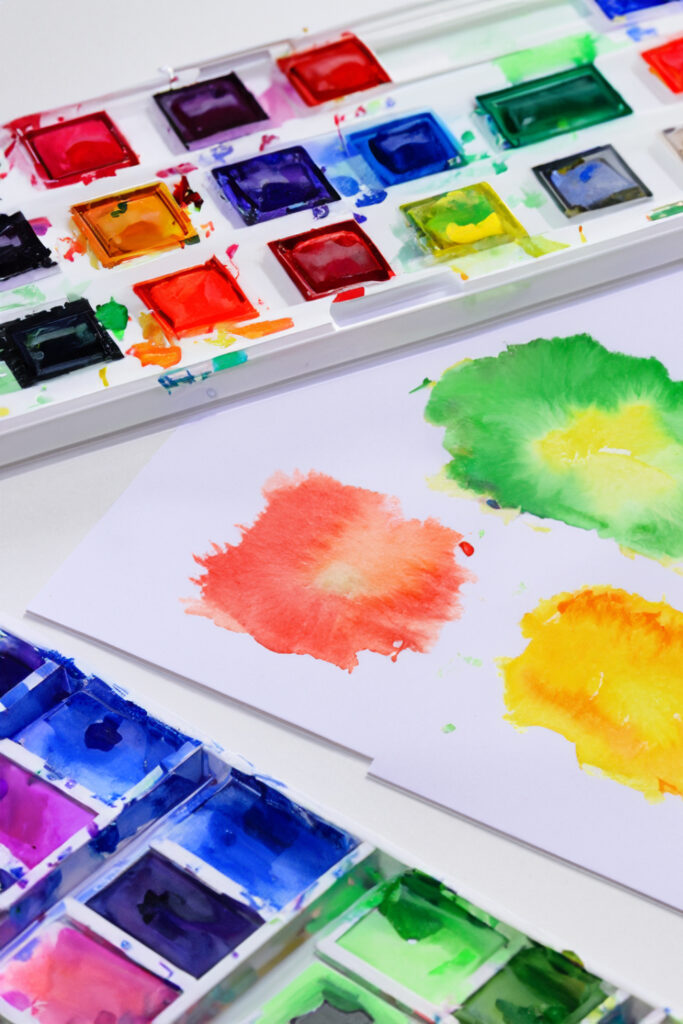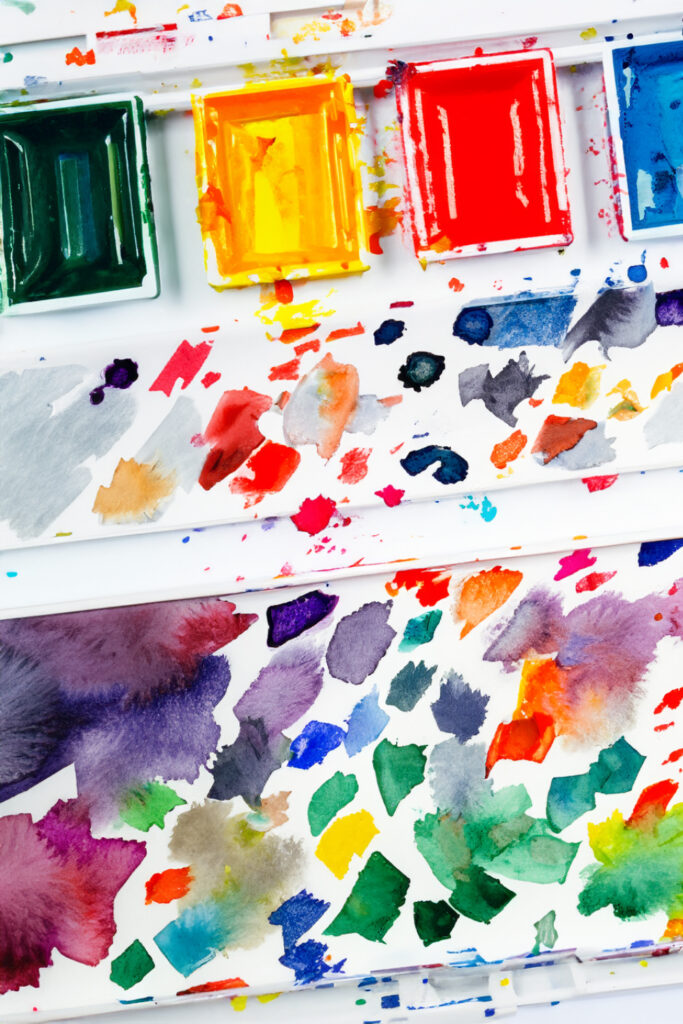Drawing with pencils is one of the most accessible and popular forms of art. It is a versatile medium that allows artists to create a wide range of textures, tones, and effects. Whether you are a beginner or a professional artist, there are many drawing techniques that you can use to improve your skills and create stunning works of art.
In this article, we will explore some of the most popular techniques for drawing with pencils, including the use of different pencils, shading techniques, and more.
- Choosing the Right Pencil
The first step to creating a great pencil drawing is choosing the right pencils. There are many different types of pencils available, each with its own hardness or softness, and this can make a big difference in the look of your drawing.
Here are the most common types of pencils used for drawing:
- H pencils: These pencils are hard and are used for creating light lines and details. They range from H9 (the hardest) to H1 (the softest).
- B pencils: These pencils are soft and are used for creating dark lines and shading. They range from B9 (the softest) to B1 (the hardest).
- HB pencils: These pencils are in the middle of the hardness scale and are a good all-around pencil for drawing.
When choosing your pencils, it is a good idea to have a range of hardnesses available so you can create a variety of tones and textures in your drawing.
- Shading Techniques
Shading is one of the most important techniques in pencil drawing. It can add depth, dimension, and texture to your work, and it can help create a realistic and three-dimensional effect.
Here are some shading techniques to try:
- Hatching: This technique involves creating parallel lines that are close together to create a smooth, even shade.
- Cross-hatching: This technique involves creating overlapping lines that create a darker shade.
- Stippling: This technique involves creating small dots to create a textured effect.
- Smudging: This technique involves using your finger or a blending tool to smooth out the pencil marks and create a softer, more blended effect.
- Texture Techniques
Creating texture is another important technique in pencil drawing. Texture can add interest and detail to your work and can make it look more realistic.
Here are some texture techniques to try:
- Scratching: This technique involves using a sharp object (like a knife or a razor blade) to scratch the surface of the paper and create a textured effect.
- Cross-contour lines: This technique involves creating lines that follow the contours of the object you are drawing to create a textured effect.
- Stippling: As mentioned above, stippling can also be used to create texture.
- Other Techniques
There are many other techniques you can use to create different effects in your pencil drawings. Here are a few more to try:
- Blending: This technique involves using a blending tool (like a blending stump or a tissue) to smooth out the pencil marks and create a more uniform shade.
- Erasing: Erasing can be used to create highlights and to remove mistakes.
- Layering: Layering involves building up layers of pencil marks to create a more complex and textured effect.
- Resources for Learning More
There are many resources available to help you learn more about drawing with pencils. Here are a few to check out:
- Drawing tutorials on YouTube: There are many great drawing tutorials available on YouTube, covering a wide range of techniques and styles.
- Drawing books: There are many great books available on drawing with pencils, including “Drawing for the Absolute Beginner” by Mark Willenbrink and Mary Willenbrink and “The Complete Guide to Drawing” by Giovanni Civardi.
- Online courses: There are also many online courses available that can help you improve
